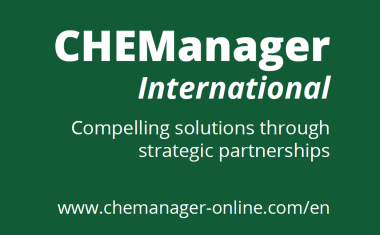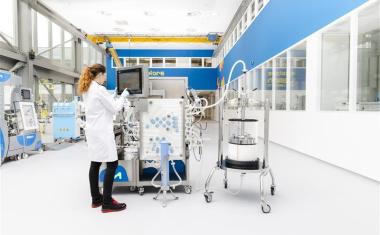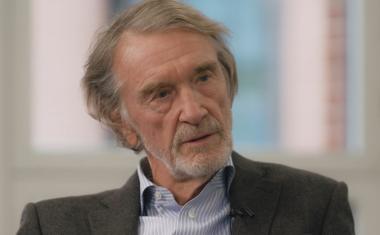Johnson Matthey Set to Catalyze the Net Zero Transition
Johnson Matthey (JM) looks back at a legacy of 200+ years. Established in 1817, the London, England-based chemical company reported annual revenues of about €18 billion in 2022. JM has built a global presence with operations in more than 30 countries. The company’s strategy is based on the vision for a cleaner, healthier world and mirrors society’s need to create a more sustainable future. JM has set out to catalyze the net zero transition by delivering sustainable solutions to customers enabled by innovative technology and leading positions in JM’s key markets automotive, chemicals, and energy. To get a better understanding of the role JM’s technological developments play for a sustainable future, Michael Reubold spoke with Maurits van Tol, the company’s Chief Technology Officer.
Read more with free registration
Register now for free and get full access to all exclusive articles from chemanager-online.com. With our newsletter we regularly send you top news from the chemistry industry as well as the latest e-issue.
Company
Johnson MattheyOrchard Road
SG8 5HE Royston, Herts
UK
most read

Dow to Shut Down Three Upstream European Assets
Building on the April 2025 announcement, Dow will take actions across its three operating segments to support European profitability, resulting in the closure of sites in Germany and the UK.

CHEManager International Media Kit 2026
Compelling solutions through strategic partnerships

Orion Announced Plans to Shut Down Carbon Black Plants
Carbon black manufacturer Orion Engineered Carbons plans to rationalize production lines in North and South America and EMEA.

Merck Acquires Chromatography Business from JSR Life Sciences
Merck to acquire the chromatography business of JSR Life Sciences, a leading provider of CDMO services, preclinical and translational clinical research, and bioprocessing solutions.

Ratcliffe: Chemical Industry in Europe at a Tipping Point
Ineos CEO Ineos calls on European politicians to save the chemical industry.











